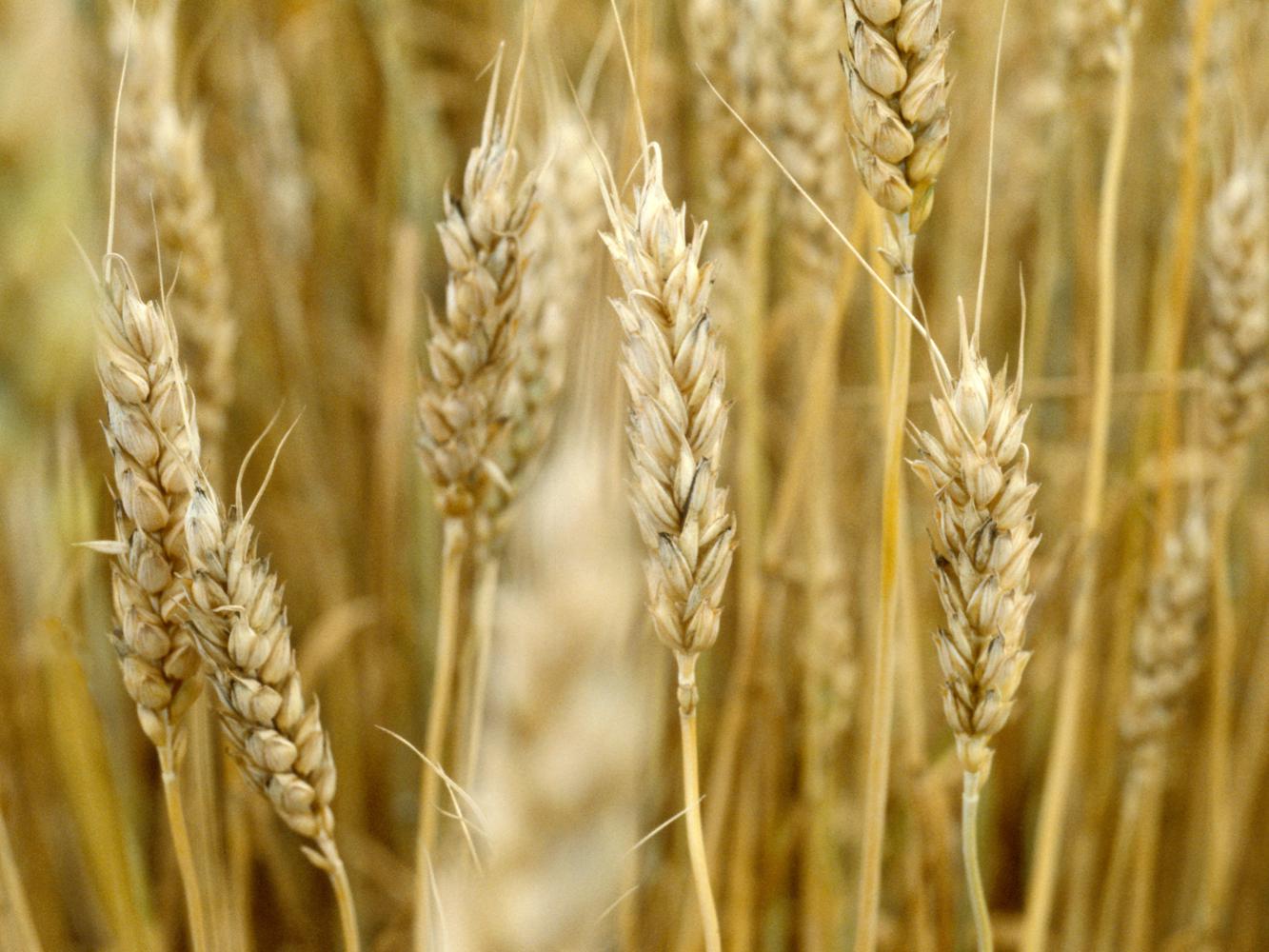Information Possibly Outdated
The information presented on this page was originally released on June 1, 2012. It may not be outdated, but please search our site for more current information. If you plan to quote or reference this information in a publication, please check with the Extension specialist or author before proceeding.
Wheat harvest arrives early, yields down
MISSISSIPPI STATE – A rapidly maturing 2012 wheat crop proved to be a timing challenge for Mississippi growers.
The state’s growers planted 480,000 acres, up from 360,000 acres the previous season. They were inspired by strong market prices and the record-average yields of 64 bushels per acre grown last year.
“Harvest is two or three weeks ahead of schedule, but we aren’t seeing exceptional yields like last year,” said Erick Larson, small grains specialist with the Mississippi State University Extension Service.
Current estimates place yield averages around 56 bushels per acre. Most harvests will be finished by the end of the first week of June. Larson said several factors could have contributed to the decline.
“Winter months were wet, as usual, but from January on, they were much warmer than normal. Saturated soils limit early growth,” he said. “In many cases, the exceptionally early crop caused considerable issues with proper fertilizer and herbicide timing.”
Larson said wheat growers typically apply nitrogen fertilizer in the spring to minimize losses caused by our wet climate and improve crop response.
“The abnormally early crop development, coupled with the unpredictability of long-term weather forecasts, caused considerable uncertainty regarding timing applications,” he said. “Wet soils also restricted ground application of inputs in areas where aerial equipment is not present or practical, so fertilizer and herbicides were often applied too late for optimal crop response.”
Larson said yields in northern counties seem to be better than farther south.
“Southern counties were challenged more by the scheduling issues. After the first week of January, temperatures were well above normal and promoted exceptionally early growth,” he said.
Tom Allen, an Extension plant pathologist at the Delta Research and Extension Center in Stoneville, said wheat had more leaf and stripe rust pressure than in recent years.
“Winter’s weather created an ideal environment for stripe rust, and it occurred much earlier than normal,” he said. “Stripe rust can be an aggressive, yield-limiting disease, if the right environmental conditions prevail for an extended period of time. We also saw a fair amount of leaf rust, much more than in the recent past.”
Growers were challenged to time their fungicide applications, which are governed by the growth stages of the crop.
“Fungicide labeling requirements have specific growth stages for applications, so if growers missed the timing, they could have observed a greater yield loss,” Allen said.
John Michael Riley, agricultural economist with MSU’s Extension Service, said growers will miss last year’s record yields and strong prices, but 2012 still will be a good year for most growers.
“Prices are still good at about $6.50 per bushel on the futures market, but at this time last year, they were $7.75 per bushel,” he said. “Most reports indicate yields will be average along with prices.








